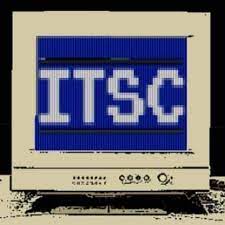A patient living with bladder control symptoms became the first to receive the commercially available Altaviva device from Medtronic, a minimally invasive, implantable tibial neuromodulation (ITNM) therapy to treat urge urinary incontinence.
The procedure was performed at Surgical Centers of North Texas by Keith Xavier, MD, URPS, Urology Partners in North Texas, three business days after the Altaviva device was approved by the United States Food and Drug Administration (FDA).
“It’s a privilege to see the Altaviva device available in the U.S. so soon after FDA approval,” said Emily Elswick, president of the Pelvic Health business, part of the Neuroscience Portfolio at Medtronic. “This is an important milestone for patients with urge urinary incontinence, many of whom have been told for too long that losing bladder control is just part of aging. The Altaviva device is designed to empower patients with a simple experience and is the result of an incredible team committed to offering renewed hope for a better quality of life.”
There are nearly 16 million American adults affected by urge urinary incontinence, a condition marked by sudden urges to urinate, often followed by involuntary leaks. It can disrupt daily life, impact mental health and sleep, and create a substantial economic burden. Despite how common these symptoms are, only about one in four people with bladder control issues discuss them with a healthcare provider.
“Many of my patients who struggle with urgency and involuntary leaks are candidates for the Altaviva device, and it was incredibly rewarding to be able to tell one of them, ‘It’s here—and not only that, but we coordinated with your health insurance, and you can get it this week,’” said Dr. Xavier. “It’s exciting to offer this simple option for treating urge urinary incontinence, and I look forward to seeing how this therapy can improve lives.”
The Altaviva device is implanted near the ankle in a minimally invasive procedure that does not require sedation or imaging. Approximately half the length of a stick of chewing gum, the Altaviva device sits slightly below the skin and above the fascia. The device delivers therapy automatically, restoring communication between the bladder and brain to help regulate bladder control. Patients return home with therapy activated, a first among implantable tibial devices for urge urinary incontinence.
Featuring a battery designed to last up to 15 years under typical therapy settings, the Altaviva device delivers treatment automatically, with no need for daily intervention or manual adjustments according to the company. Medtronic says echarging will be needed once or twice a year under typical therapy settings. The Altaviva device is also MRI-compatible, giving patients peace of mind when medical imaging is needed.
Related
The post First patient treated with Medtronic Altaviva device first appeared on TechToday.
This post originally appeared on TechToday.
